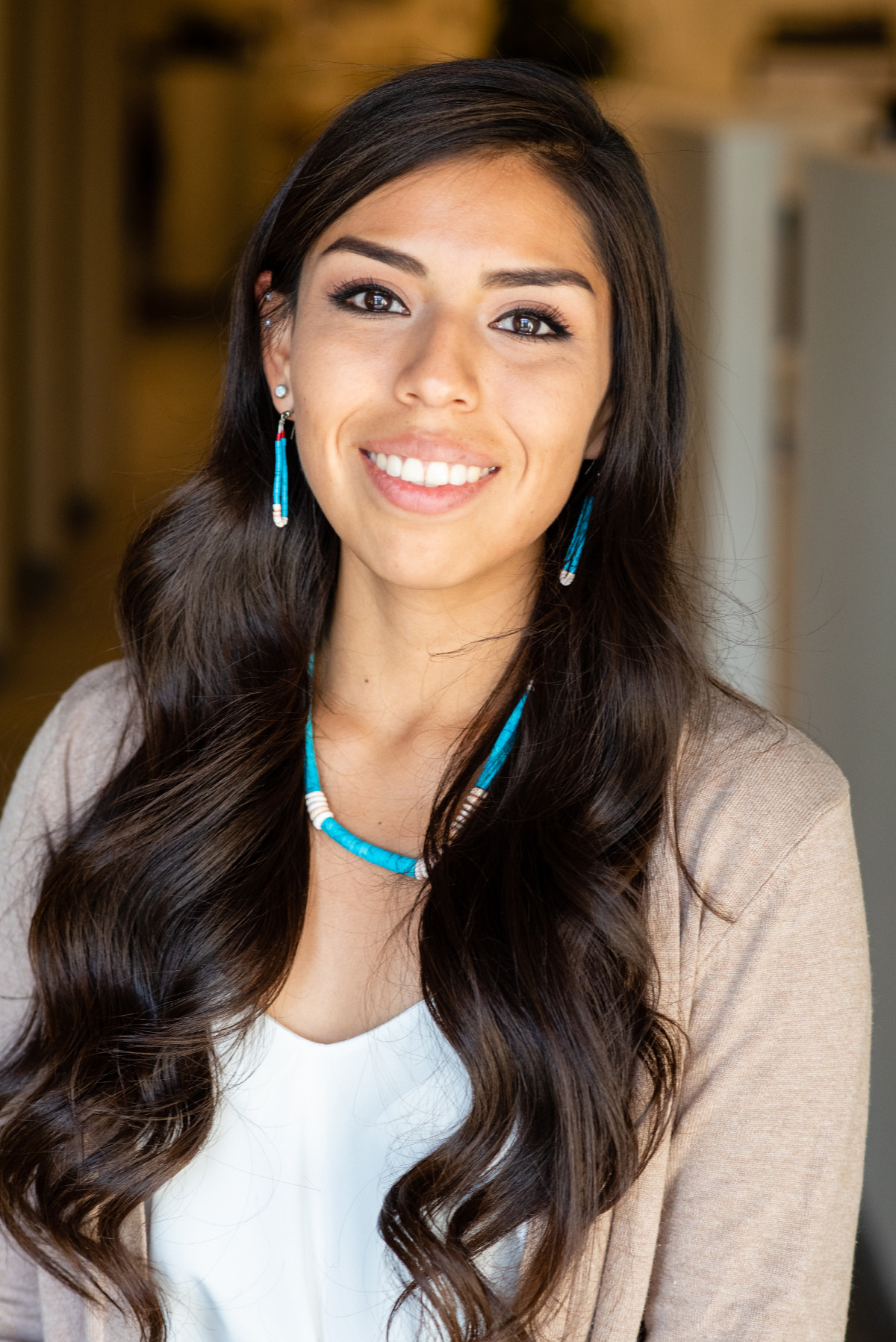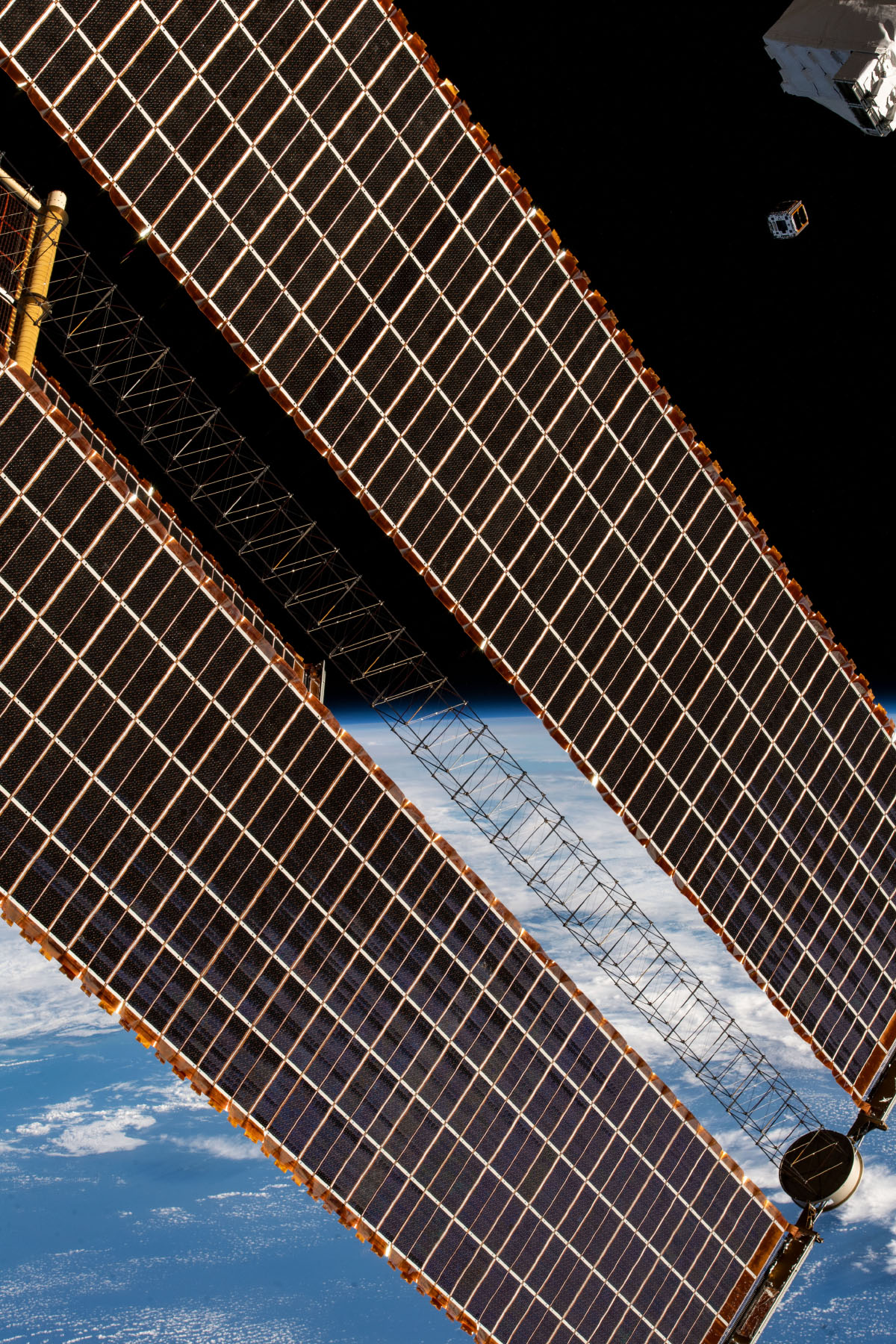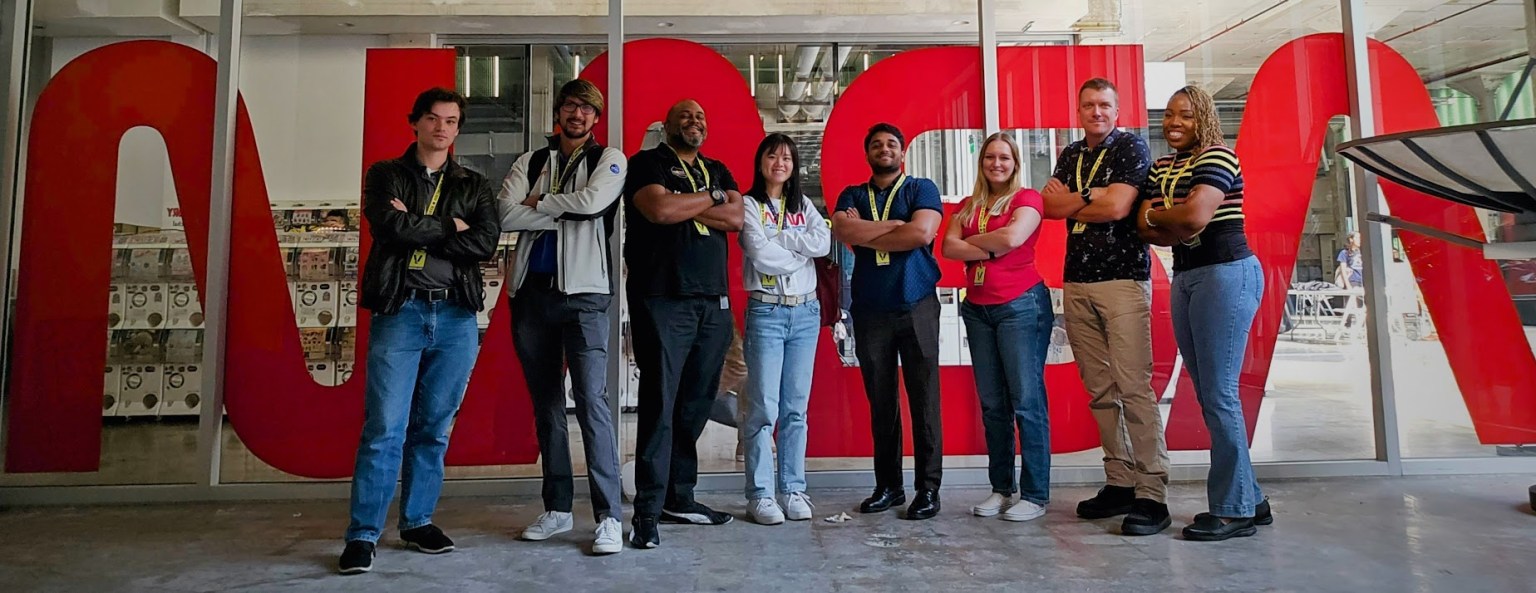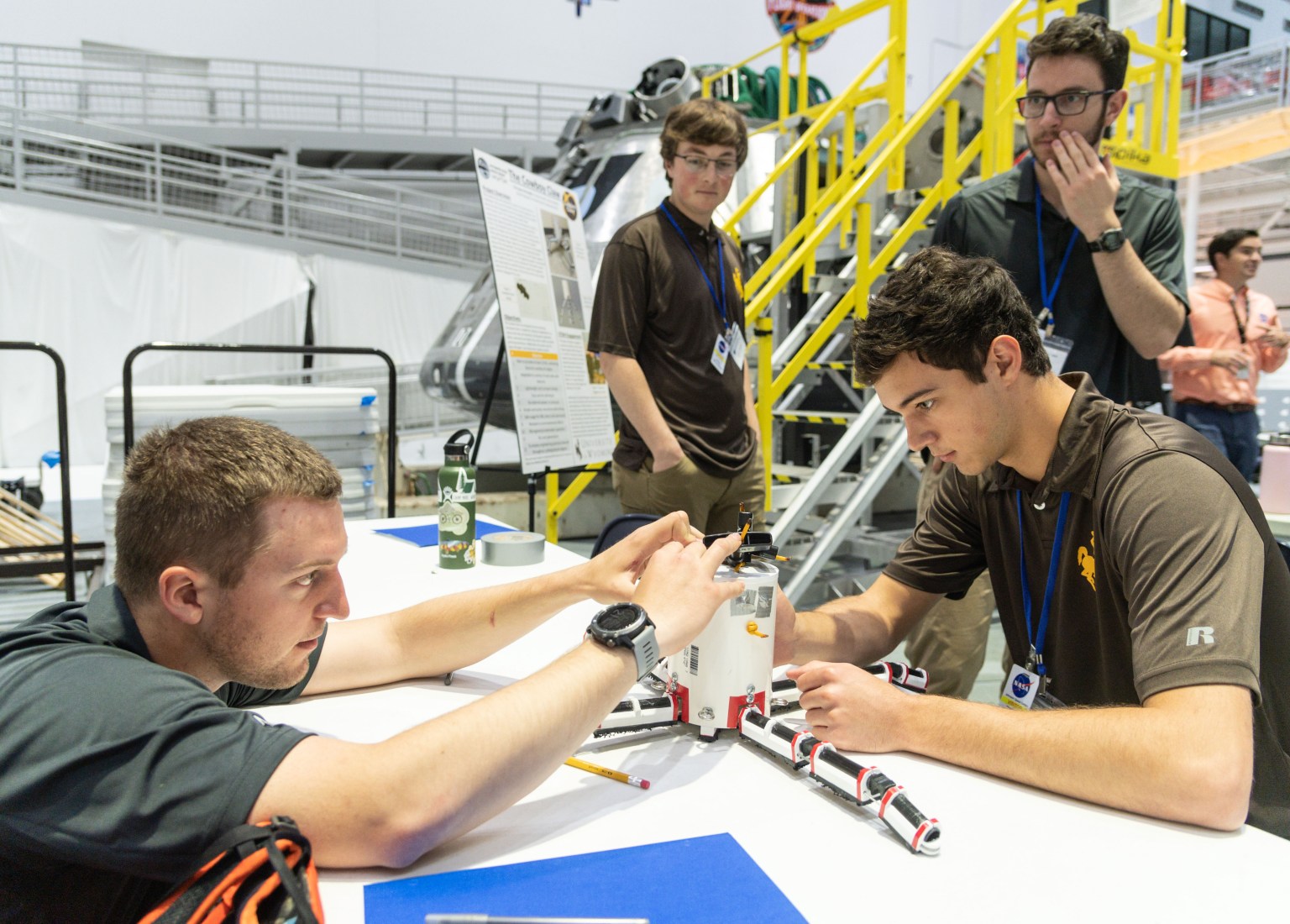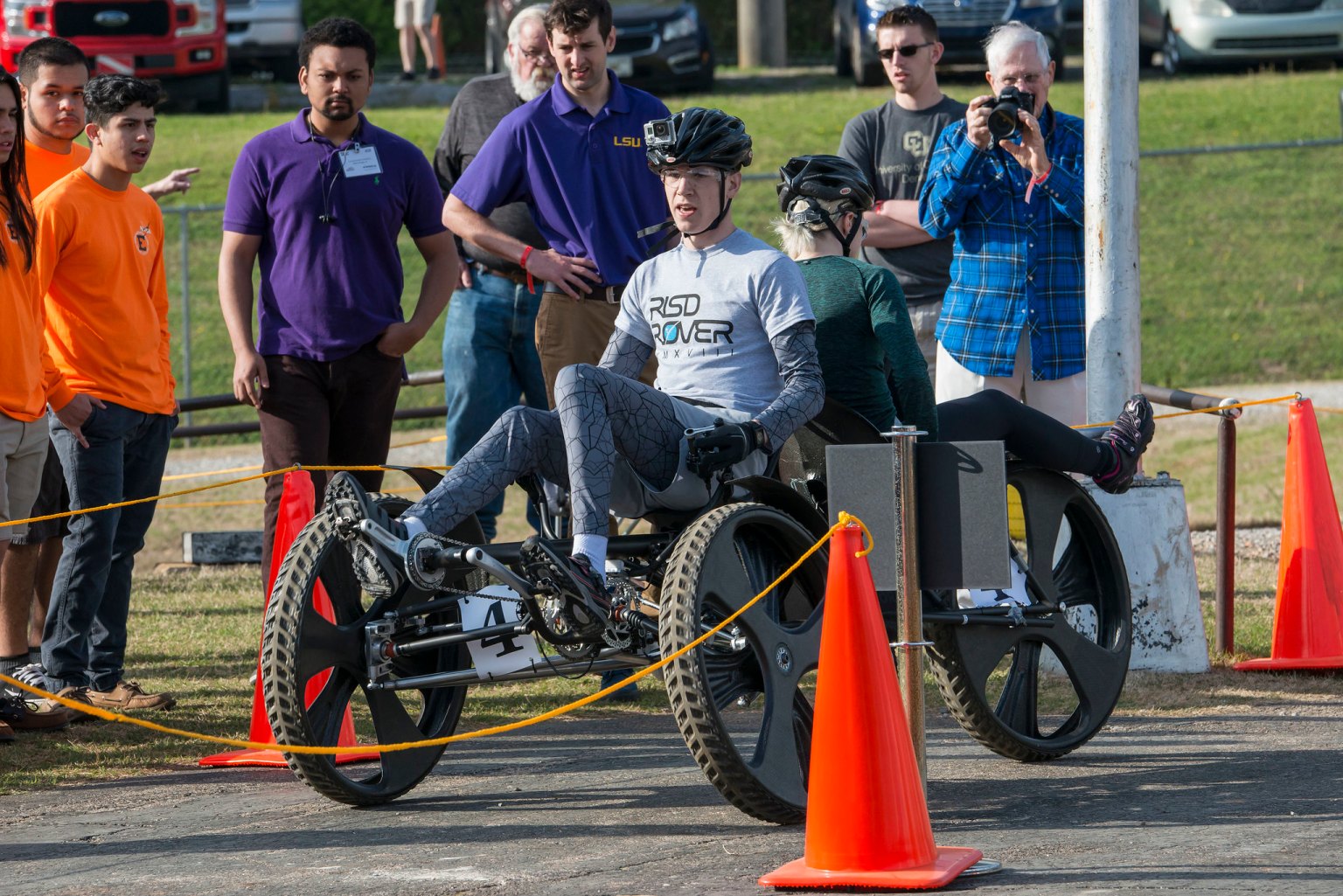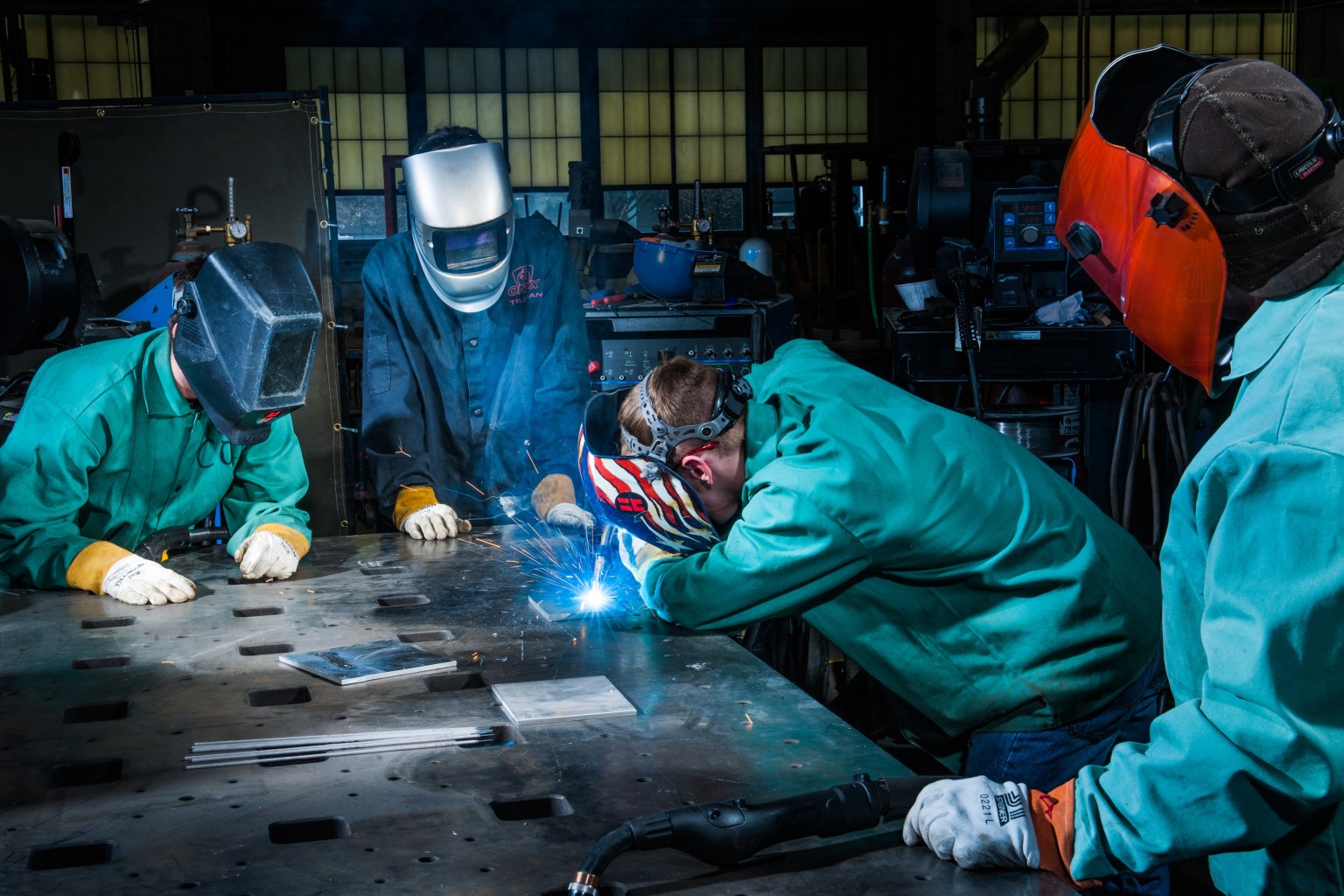When Brittany Nez attended middle school, her science teacher took the entire class on a field trip to a model Martian rover site at the Astrogeology Science Center. The site housed Lunar Roving Vehicles that astronauts from Apollo 15, 16, 17 trained with before making their journey to the moon.
“I was able to meet engineers of all disciplines, and this was the first time I heard of an aerospace engineer,” she remembered. “It was at this point I decided I wanted to be an aerospace engineer.”
Nez attended a local school in Flagstaff, Arizona, which is located thirty minutes from the Navajo Reservation border.
“Parts of the Navajo Nation have land features that resemble Martian terrain and for several years, NASA conducted regular Martian rover tests right on the edge of the Navajo Reservation,” Nez said.
Nez earned her degree in aerospace engineering at Arizona State University and worked with the team at NASA Glenn Research Center (GRC) as an aerospace engineering intern.
“I attended the American Indian Science and Engineering Society (AISES) National Conference in hopes of getting an internship. At the conference, I had the opportunity to chat with Joseph Connolly, an Aerospace Engineer and a professional AISES member. He told me about the opportunity and encouraged me to apply. I immediately sent in my application and a month later, I received my offer letter” Nez said.
Staying local to the terrain she grew up on, Nez focused on the controls modeling and analysis for electrified aircraft propulsion systems. Alongside Connolly, she developed a model predictive control approach for an electrified aircraft propulsion concept that will be used to increase fuel efficiency of commercial aircraft.
“Working with Joe (Connolly) during my internship was one of the biggest confidence boosters of my career,” Nez said. “He is such a great role model, and he has shown me not only what it takes to be an aerospace engineer, but what it means to be a Native American at NASA.”
“It has been a real joy being a mentor. I was very lucky to have help along my path to get to NASA and I would like to help others along their path,” Connolly said.
Throughout her internship, Nez was part of a tight-knit community of Native American engineers at NASA. She was even featured in a panel presented by the NASA Minority University Research and Education Project for American Indian and Alaska Native STEM Engagement, where she spoke on her experience at the agency.
“Each one of them showed me that being a Native at NASA means to both continuously push the boundaries of your field through hard work and perseverance, and to share that knowledge with the next generation of Indigenous engineers,” Nez said.
“We have a special welcome for all of the Native American interns, and given the virtual work we have been able to move that to an agency-wide welcome. It has kept our small NASA community together during these challenging times,” Connolly said.
The best advice Nez wants to share with fellow and future interns would be to remember the community and think about how engineering is affecting the world around us.
“Do you wake up every morning feeling proud of the work you’re doing and what it’s providing to society? Have you given back to the community and shared your knowledge with the youth who will ultimately be our future? Have you listened to your elders and learned from their experiences? The Din4, Navajo, teachings my parents passed onto me are that you should respect all living things, including the land, water, air, and maintain balance with the rest of the world around you,” Nez said.
At the University of Colorado Boulder, Nez works in the assembly, integration, and testing phase of Climatology of Anthropogenic and Natural VLF Wave Activity in Space (CANVAS) satellite mission. CANVAS is a scientific investigation mission to measure very low frequency wave energy in low-Earth orbit originating from lightning and ground-based transmitters. She focuses on signal testing the magnetic field instrument.
Nez also advises the rocket team in their pursuits to compete in the First Nations Launch competition this upcoming April. The competition gives tribal colleges and universities, along with American Indian Science and Engineering Society (AISES) collegiate chapters, the opportunity to design a high powered rocket using engineering and design skills these students can carry on into their engineering careers.
























